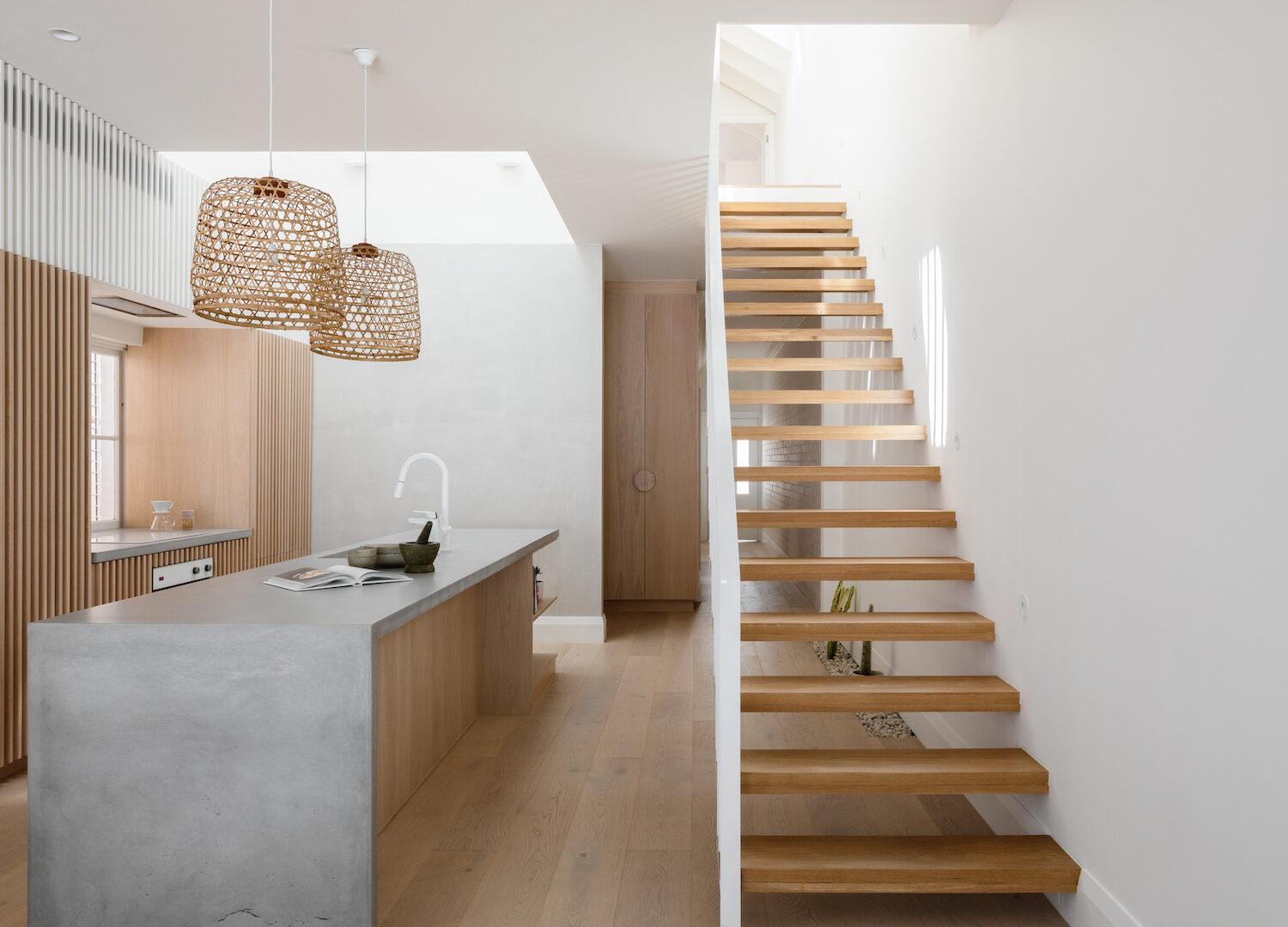
8 Home Features that Boost Sustainability and Savings
In today's world, sustainable living is more than just a trend; it's a necessity and homeowners are increasingly looking for ways to make their homes more energy-efficient and eco-friendly. As energy prices continue to climb and concerns about environmental sustainability intensify, there's a growing emphasis on creating homes that are not only comfortable but also energy-efficient and wallet-friendly.
While there is no shortage of 'sustainable trends' on the market, it can be hard to know which ones offer real value. Many promise substantial impact but come with a hefty price tag and may deliver minimal returns. This guide aims to spotlight the most effective, wallet-friendly ways, from architectural innovations to cutting-edge eco-technologies, to transform your home into a haven of efficiency, comfort, and savings.
Insulation & Sealing
Insulation is a cornerstone of an energy-efficient home, offering an economical way to enhance your home's comfort. When building a new house, optimal insulation can lead to significant savings on energy bills as you can effectively retain warmth during winter and minimise heat intake during summer. If you’re living in an older home, you may find you have gaps in your home and issues with sealing where the heat escapes in winter and the cool escapes in summer. Fix these gaps in your home to ensure you’re running a more energy efficient household and saving money.
Solar Power
In a sunny country like Australia, it makes sense to harness the power of the sun through solar panels! Homeowners who invest in solar power immediately benefit from both financial and environmental advantages. Go for solar panels or tiles with a battery that stores surplus renewable power to use at night or when the sun isn’t shining. While they are a substantial cost upfront, they’re an investment that will see you save in the long run.

Orientation
More relevant for new builds, consider its placement on the lot when planning your home's layout. As orientation significantly influences sustainability, design your home to harness the sun's movement, ensuring consistent and comfortable sunlight throughout the year. Optimally positioning windows, doors, and rooms to capture or shield from the sun’s rays further enhances energy efficiency.
Upgrade Fixtures
Upgrading to water-efficient taps, toilets, and low-flow showerheads can lead to a reduction in household water usage. These modern fixtures are designed to use less water without compromising performance. As a result, not only will your home's water consumption decrease, but you'll also see notable savings on your water bills.

Energy Efficient Design
Ideally, a home should be designed to minimise the need for heating and cooling throughout the year, reducing dependence on non-renewable energy sources. Achieving this goal involves engaging with an architect or builder who prioritises sustainable and environmentally conscious design principles.
LED Lighting
Opt for LED lighting instead of traditional incandescent bulbs. While the initial cost of LED lights might be slightly higher, their extended lifespan and energy savings ensure that the investment pays off over time. Lasting up to 10 times longer and consuming significantly less energy than their incandescent counterparts, LED lights are a smart move for both environmental and economic reasons.
Double Or Triple Glaze Windows
When building or updating your home, consider glazed windows. They're more efficient, with double or triple glazing reducing heat transfer. If new windows aren't an option, add a pane to existing ones or use glazing film, especially for heritage windows you'd prefer to keep intact.

Bidirectional Charging
Recently approved by the Federal Government, using surplus battery power from electric vehicles for homes or the grid is on the horizon for Australian homes. With Vehicle-to-Grid (V2G) or Vehicle-to-Home (V2H) tech, drivers can return energy during peak times and recharge affordably off-peak, even powering household essentials overnight and recharging via solar panels by day.
An energy-efficient home doesn't just contribute to a healthier environment but it also leads to substantial financial savings. By integrating a few of these techniques, you can significantly reduce your energy bills and ensure your home's performance is optimised for both comfort and the environment. Whether you’re considering building from scratch or just updating your existing home, remember these insights to strike the perfect balance between efficiency and savings, setting the foundation for a future-proofed home.